The National Museum of Scotland will unveil ten new galleries devoted to art and design and to science and technology this month. Godfrey Evans, principal curator of European decorative arts tells Apollo about some of the museum’s treasures.
What will we see in the new galleries at the National Museum of Scotland? And how do the art and design galleries, in particular, fit into the museum’s ongoing refurbishment?
We’re going to open 10 new galleries: four are devoted to European art and design and the other six to science and technology. Over 3,000 items will be on show and over 75 per cent of them will be displayed for the first time in at least a generation. In 1999 we opened new galleries devoted to Scottish decorative arts, so the four new art and design galleries concentrate primarily on items made in England and continental Europe and collected over the last 150 years.

Blue leather coat dress, designed by Jean Muir. Courtesy National Museum of Scotland
How are the galleries arranged?
The art and design galleries cover the period from approximately 1100 to the present day. The 900-year period is divided into 1100–1850, 1850–1950, and 1950 to the present. Three galleries focus mainly on decorative art, but they do include some tapestries, embroideries, and carpets. The fourth is devoted exclusively to fashion and style. This is very important because our large and relatively little-known collection of costume and textiles actually constitutes over 30 per cent of the holdings of our department. We’ve got the Jean Muir and Bernat Klein collections for example.
What was the process of arranging the displays like?
It went on for over five years, but it’s fallen into place very easily. So the Great Treasures gallery covering 1100 to 1850 investigates ‘stylish living’, ‘luxury and magnificence’, ‘making and manufacturing’ and finally the ‘art of devotion’. We open with an enormously long case which shows the development of European styles from the Renaissance to historical revivalism in the 19th century. Because of the positioning of our exhibits, there’s no real hard edge to a section, so ‘stylish living’ flows through seamlessly into ‘luxury and magnificence’ and the spectacular items from the great Hamilton Palace collection (and five other major Scottish aristocratic collections).
What’s the relationship between items made in Scotland and those made in the rest of Europe?
Obviously we’ve got a lot of items which were made or owned by Scots. Most of the items which were made in Scotland are in the Scottish Galleries, which opened in 1999, but the exception are items made by Charles Rennie Mackintosh and Phoebe Anna Traquair. We have set them in the [second] 1850–1950 gallery in an international context; later on in the third gallery we’ve got a huge number of really wonderful people like Malcolm Appleby.

Travelling service that belonged to Pauline Borghese (c. 1803). Courtesy National Museum of Scotland
Do the displays tell us anything about the nature of Scottish collecting?
After the Act of Union a lot of Scots came down to London and they travelled abroad so, in many ways, they are buying metropolitan items. In some cases, they are catholic collectors (with a small ‘c’ – not religious, just wide-ranging). They also have a number of houses so they are very active, zealous collectors. I wouldn’t say there is a great difference in collecting patterns [from that of the English]. What you do get is some people with great wealth who go out and hoover up wonderful, wonderful things and they just keep going for decades.
Can you tell us about the Hamilton Palace items?
We’ve always been interested in the Hamiltons. We have to be, because they were the premier peers of Scotland. So you’ve got them collecting since at least the mid 16th century, and then the 10th duke turned Hamilton Palace in Lanarkshire into the greatest treasure house in Scotland. It was the Scottish equivalent of the British Royal Collection and it was a national tragedy that most of the collection was sold off in the great sales in 1882 and 1919, and then the palace itself was demolished in the 1920s.
How did the Hamilton Palace items pass into the museum’s collection?
We acquired about two dozen items at the famous 1882 sale. Others came in between then and the 1950s. But it’s really since about 1970 that we have gone all out and done our very best to acquire more. We acquired the wonderful travelling service of Princess Pauline Borghese in 1986. Before that, in 1976/77, we acquired half of Napoleon’s great 1810 so-called tea service, which is now divided between us and the Musée du Louvre. In more recent years we’ve acquired a lot of silver related to the Hamiltons and also William Beckford, the father-in-law of the 10th duke. Even more recently, we’ve acquired the absolutely amazing Hamilton-Rothschild tazza – the most expensive item that we’ve ever acquired, which was allocated to us by HM Government in 2012 in lieu of a tax obligation.
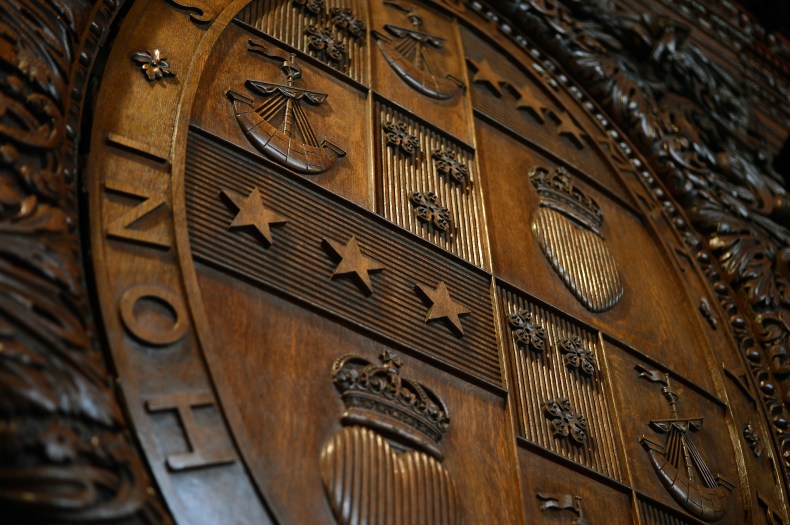
Hamilton Palace chimney wallpiece (detail). Courtesy National Museum of Scotland
Why is the Hamilton-Rothschild tazza so extraordinary?
It’s a large Byzantine sardonyx bowl, which Hamilton bought when he was British ambassador to Russia in 1807. He believed that it was the holy water stoup of the Emperor Charlemagne and when he got back to Britain he bought a solid gold foot from a solid gold monstrance that Philip of Spain had given to the monastery of Escorial in the 1560s/70s. So he put those two things together, wanting them to become the baptismal font of the Hamilton family. But the family didn’t really use it after the 10th duke died in 1852 and it was one of the half dozen items that the 12th duke sold to Alfred de Rothschild in 1882, for £24,000. Hamilton had been told that it came from Cologne Cathedral and was given some quite good provenance, which seemed to make sense at the time, but the bowl is later than Charlemagne. Nevertheless, it’s one of the largest sardonyx bowls in existence.
How are you using technology in the displays, without distracting from the objects?
I was doing a tally the other day and there are 82 touchscreen-based interactives, 23 films, and 33 mechanical interactives! But most of them are related to individual items. For instance, we’ve got the decorated chimneypiece wall from the old drawing room at Hamilton Palace, which came from the Met in the early 1990s. We’ve put this up – it’s the backdrop for the Hamilton items. We’ve also got a five-section interactive explaining the Hamiltons, the collection, and this particular wall. In some cases it’s not just a question of talking about history: the interactive about the large 17th-century table carpet, which was discovered at Glamis Castle in the 1970s, incorporates recent results of dye analysis. So there’s a bit of science and technology, which connects with the science galleries.
The new art and design, and science and technology galleries at the National Museum of Scotland will open on 8 July.
From the July/August issue of Apollo: preview and subscribe here.









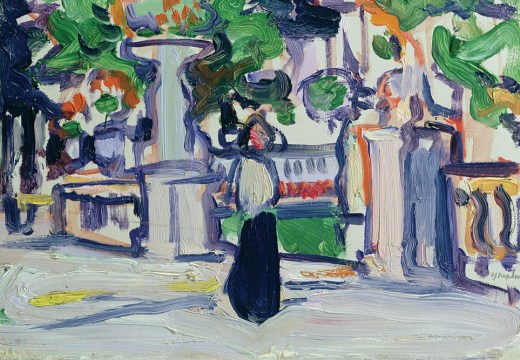
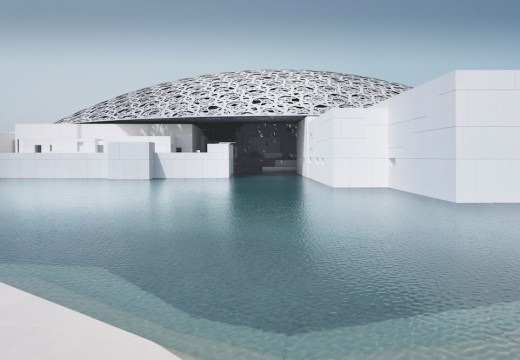
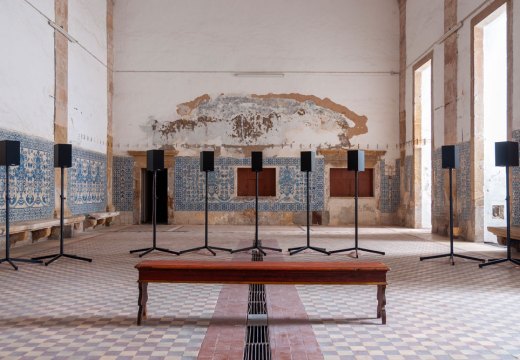
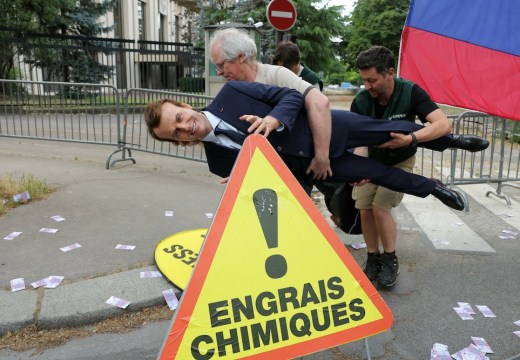

![Masterpiece [Re]discovery 2022. Photo: Ben Fisher Photography, courtesy of Masterpiece London](https://apollo-magazine.com/wp-content/uploads/2022/07/MPL2022_4263.jpg)
‘A revolutionary flame burned bright within him’: David Bindman (1940–2025)